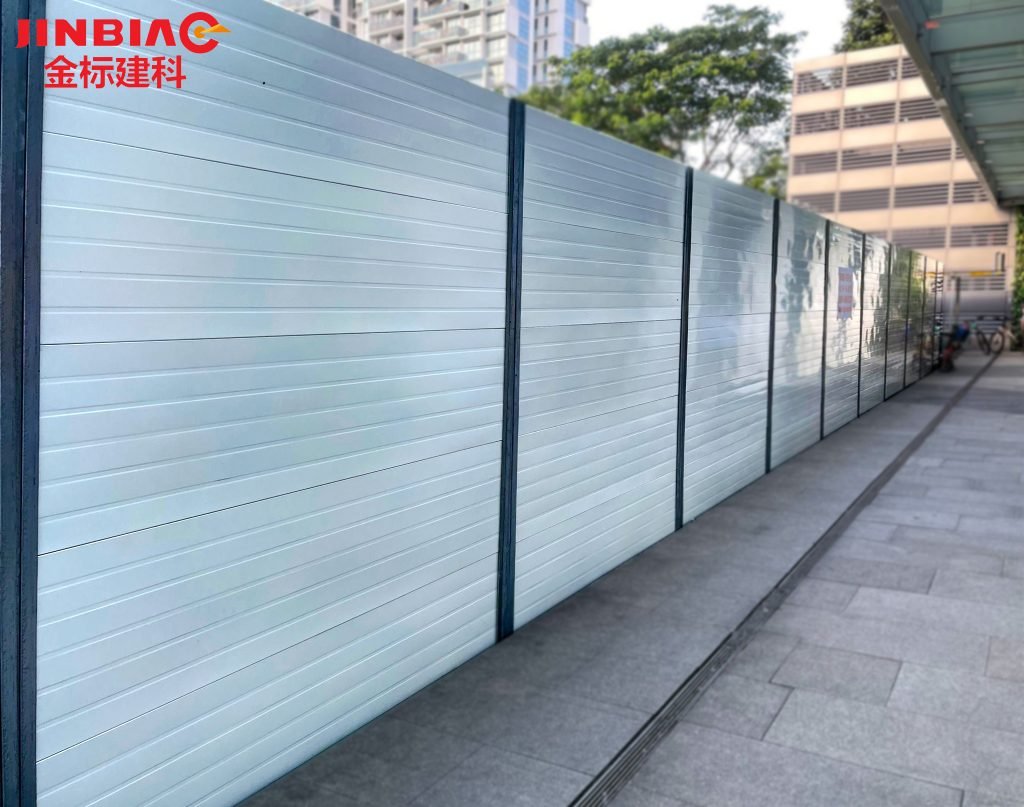
When it comes to organising big events, the noise associated with them can often be an issue. Whether it’s an outdoor wedding or a festival, the sound of the event can often travel far beyond the event grounds and can cause disruption to the nearby area. The good news is that there are a number of ways to strategically place temporary noise barriers around your event to help keep the noise contained.
1. Research local noise regulations
The first step to the strategic construction of noise barriers for big events is to research local noise regulations. Knowing what the regulations are concerning the amount of sound that can be emitted from the event is key. You want to make sure that you are not in violation of any local laws, as that could lead to fines or other penalties. You should also take into consideration any other areas that could be affected by the noise, such as residential neighborhoods nearby. Once you know the regulations, you can start planning where to place the noise barriers to best reduce the amount of sound that is produced.
2. Consider wind direction when placing barriers
When planning a large event, it’s important to consider the wind direction. This is especially important when it comes to placing temporary noise barriers. Wind direction can affect the direction and intensity of sound, and the placement of barriers can significantly reduce the risk of sound pollution. To determine the best placement of barriers, consider the prevailing wind direction, the location of the event, and the distance to any nearby homes or businesses. By strategically constructing noise barriers in the right places, you can minimize the sound pollution risk and ensure that your event goes off without a hitch.
3. Place barriers to direct sound away from residential areas
When planning for a big event that could create a lot of noise, it is important to think about how to restrict the sound from entering residential areas. One way to do this is to place temporary noise barriers away from residential areas to help direct sound away from those areas. This can be done by positioning the noise barriers in a U-shape or L-shape along the road leading to the event location, or by placing the barriers in a line that runs perpendicular to the residential area.
It is important to ensure that these barriers are made from sound-proof materials, such as sound-absorbing foam, rubber, or other materials that can reduce the sound level. Additionally, the barriers should be tall enough to block the sound waves, usually around 10 feet. By strategically placing the noise barriers, it is possible to protect the local residential areas without compromising the event experience.
4. Choose the right material for the barriers
Choosing the right material for your sound barriers is essential for effectively dampening sound. The most common materials used in noise barriers are acoustic foam, acoustic screens, and sound blankets. Acoustic foam is a rigid material that absorbs most sound waves and is often used in recording studios.
Acoustic screens are usually made of a combination of acoustic foam and other materials like wood or aluminum and are great for blocking out direct sound sources. Finally, sound blankets are made of thick fabric and are designed to absorb sound and reduce the reverberation within a space. Each of these materials has its own set of benefits, so consider what needs your barriers need to fulfill before making your decision.
5. Place barriers in an organised manner to maximise sound dampening
When setting up temporary noise barriers for large events, it’s important to place them in an organized manner that maximises sound dampening. To do this, determine the locations of the loudest noise sources and position the barriers accordingly. Make sure that the barriers are spaced evenly and that they are placed at angles that will deflect the sound away from the listeners.
Additionally, be sure to place the barriers at a sufficient height to ensure that the sound will be absorbed rather than reflected back at the listeners. By following these steps, you can create an effective system for dampening sound and provide a more enjoyable experience for your event attendees.
Final word
In conclusion, strategically placing noise barriers can help reduce the noise generated by big events and keep the sound within a reasonable level. This can help ensure the safety, comfort, and satisfaction of both the event organizers and attendees. With the right planning and materials, temporary noise barriers can be an effective and cost-efficient way to ensure that events are a success.
Hebei Jinbiao is a leading company in Noise Barrier products and Fencing products in Singapore. We guarantee to provide you with the most high-quality Sound Barrier and Fencing products along with our dedicated assistance. Do not hesitate to contact us. We are looking forward to helping you solve your noise issues, safety issues and protecting you from noise pollution as well as ensuring your safety.
